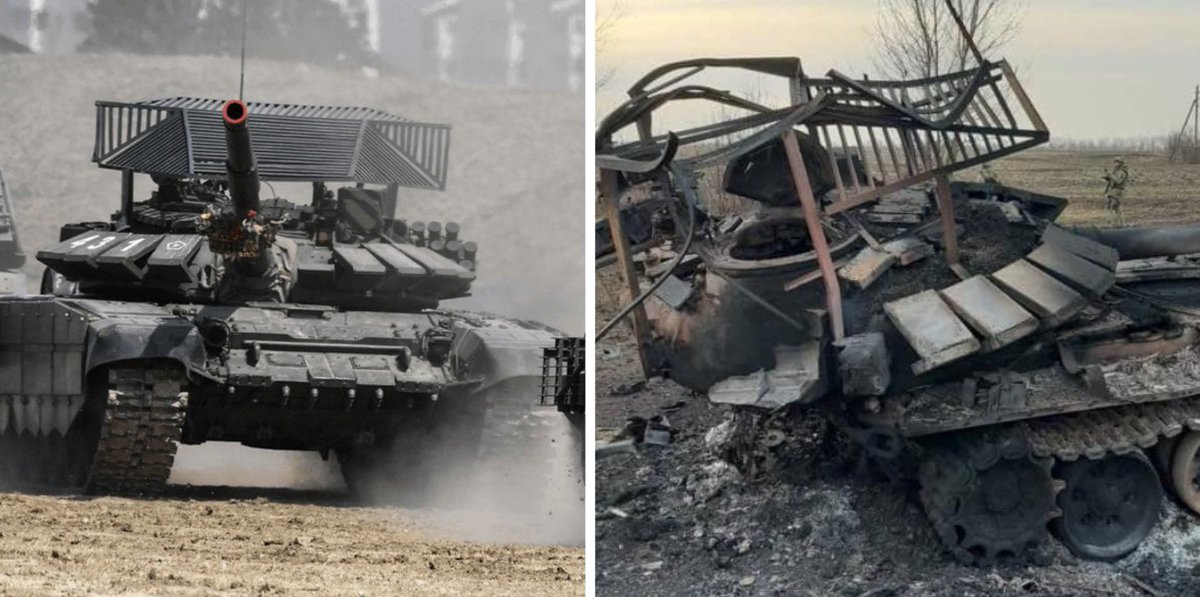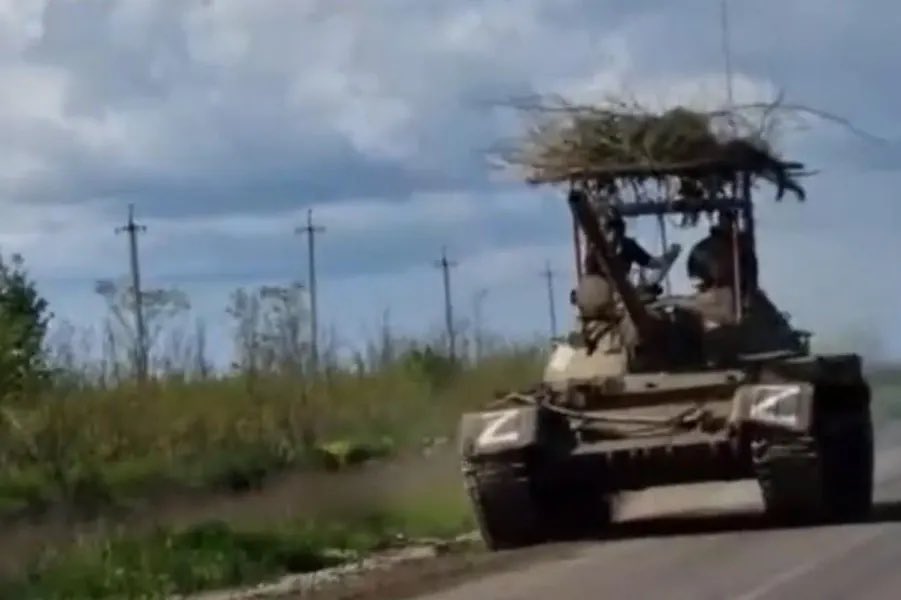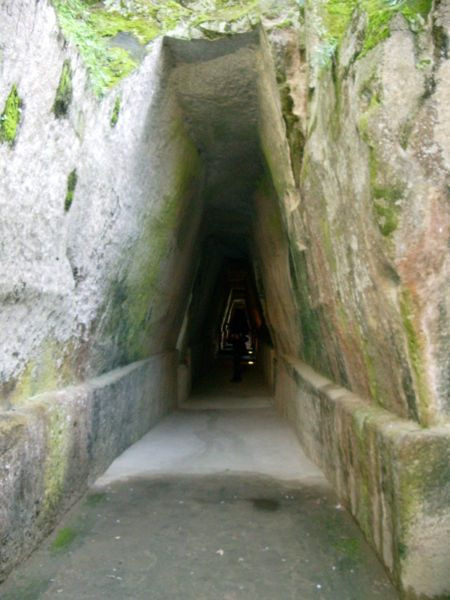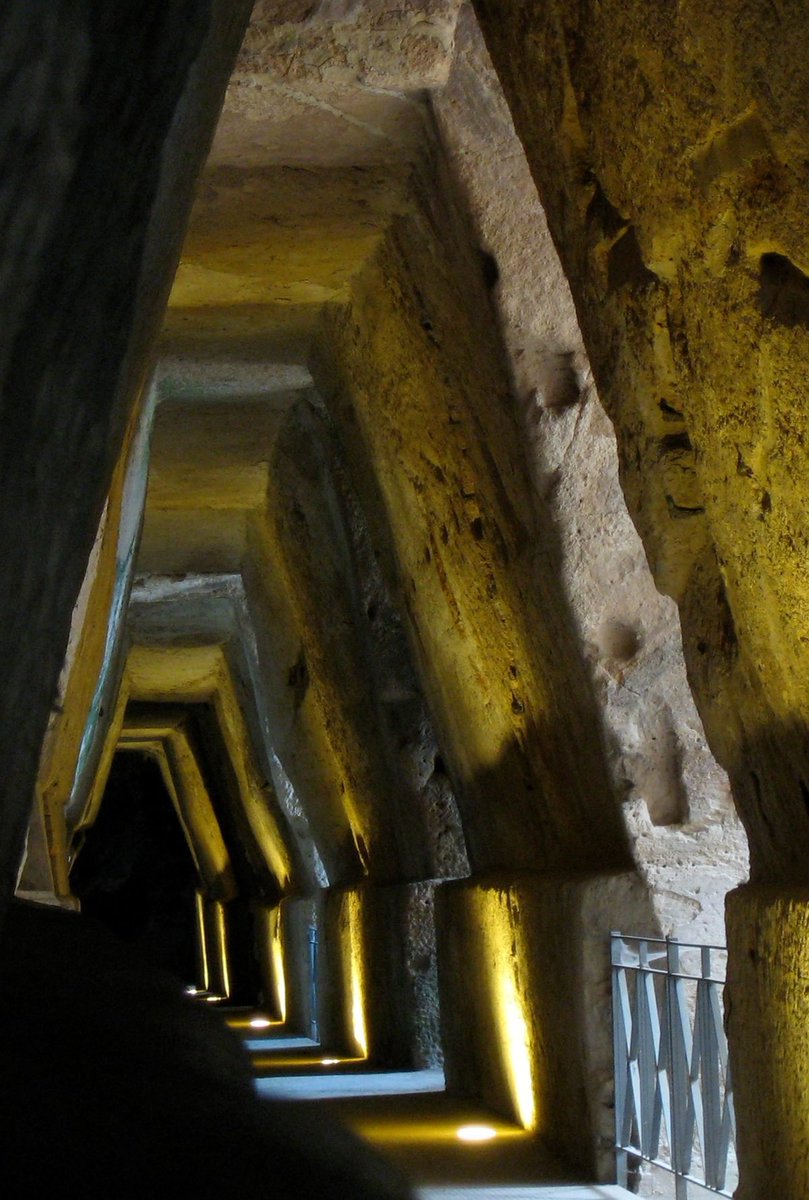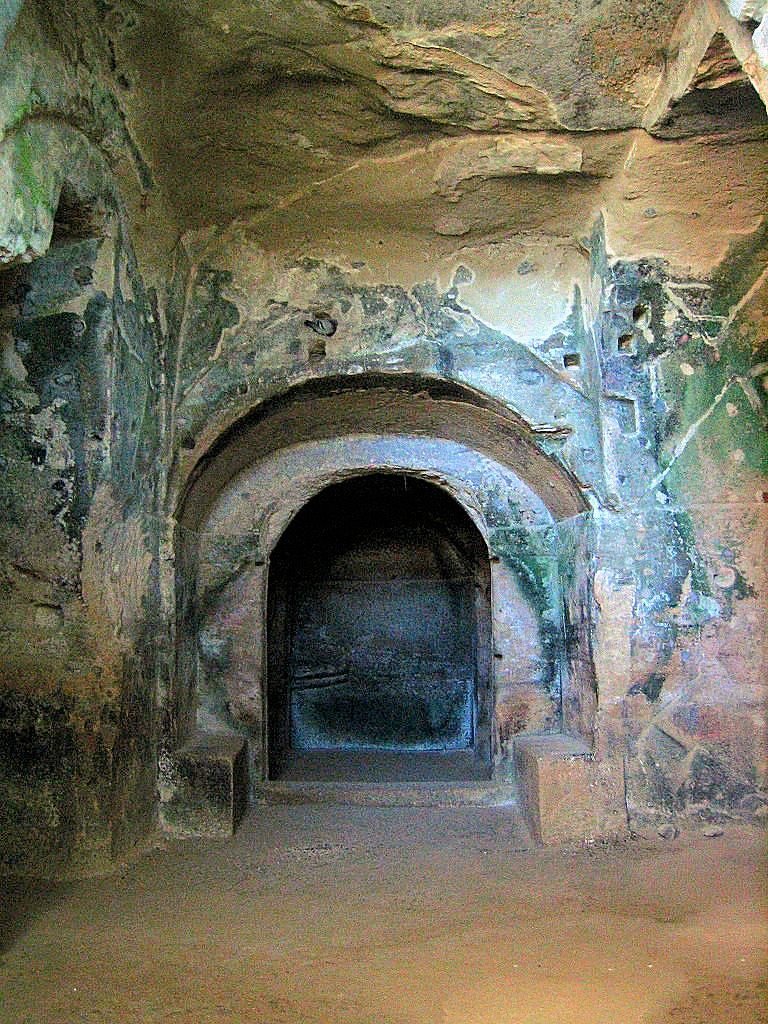A Chinese salvage ship has been caught red-handed trying to tear apart World War 2 shipwrecks for scrap. But why would they desecrate these underwater graveyards which are protected by UN treaties? The reason: Low Background Steel. 

Low-background steel is any steel produced prior to the detonation of the first nuclear bombs in the 1940s and 1950s. With the Trinity test, the bombings of Hiroshima and Nagasaki in 1945, and later nuclear weapons testing, background radiation levels increased across the world.
Low-background metals are valuable because they carry particularly low levels of radiation. Used as shielding in advanced particle physics projects and medical science devices like X-ray chambers, these metals won’t interfere with specialized, highly radiation-sensitive tools.
The quest for these metals has led researchers, governments, and corporations to rip up old railways, raid sunken battleships, and disturb centuries-old artworks in the name of science. 

While some low-background materials can be freshly produced (like copper), the easiest route to most of these substances is a kind of scavenger hunt for metal made before humans first split the atom.
The nuclear age left much of the world’s metal at least slightly radioactive.
The nuclear age left much of the world’s metal at least slightly radioactive.
In 2016, two British World War II warships that had been sunk in the Java Sea off Indonesia were found to have gone completely missing from their watery resting places, down to the last bolt. A number of media outlets reporting on the disappearances suggested salvagers. 

The heavy cruiser HMS Exeter was sunk in 1942 in the Battle of the Java Sea. But when the site was surveyed ahead of the 75th anniversary of the battle they had gone. All that was left in its place was a ship shaped indentation on the sand 50m below the surface. 



But it isn't only steel, lead is also sought after, even from ancient wrecks. People were driving around off the coast of Greece and Spain and Italy and paying off fishermen to tell them where the ancient Roman lead anchors were. And then pulling them up. 
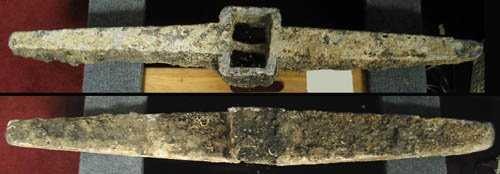
In May 2011, “a 2,000-year-old shipwreck’s cargo was used as a source for experiments of particle physics,” writes Elena Perez-Alvaro of Licit Cultural Heritage Ltd., which specializes in the preservation and use of archaeologically valuable materials.
The National Archaeological Museum of Cagliari in Sardinia allowed lead bricks from an ancient Roman ship to be used in a neutrino detector at the Italian National Institute of Nuclear Physics. An archaeologist at the museum said giving up the metal was a “painful” experience.
Two civilizations that produced lead in a very careful way and produced a lot of it are the ancient Chinese civilizations and the Roman civilization. The wreck lead fell under the umbrella of the 2001 UNESCO Convention for the Protection of the Underwater Cultural Heritage.
The Convention bars ancient metal from any kind of commercial use. However the Convention has no provisions for non-commercial scientific activities, and so the Roman vessel fell into a grey area. Now ancient lead is sought by physicists around the world. 
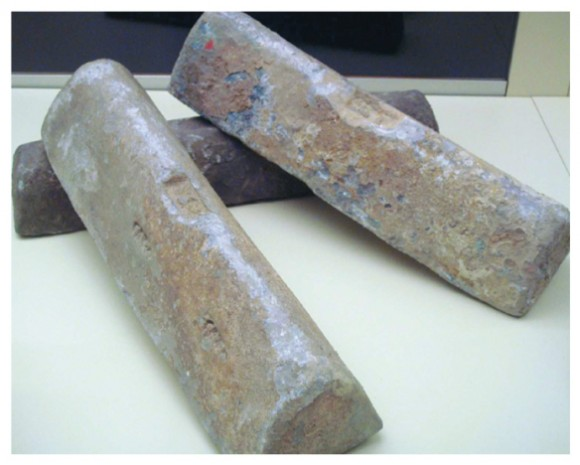
Ancient Roman lead has been used in the Cryogenic Dark Matter Search (CDMS), an experiment in Minnesota that aims to detect the particles that make up the invisible dark matter contributing much of the universe's mass. The lead shielding in this machine was mined by Romans. 

• • •
Missing some Tweet in this thread? You can try to
force a refresh


























